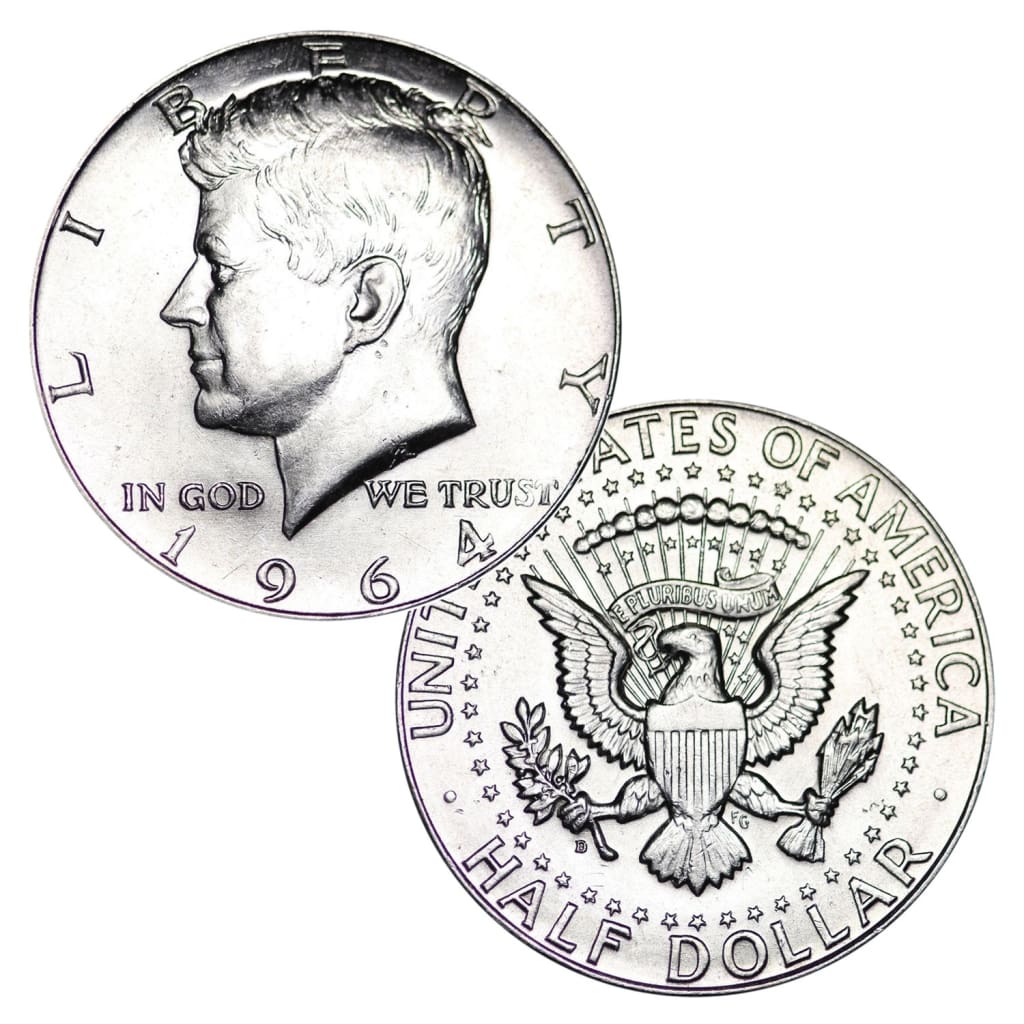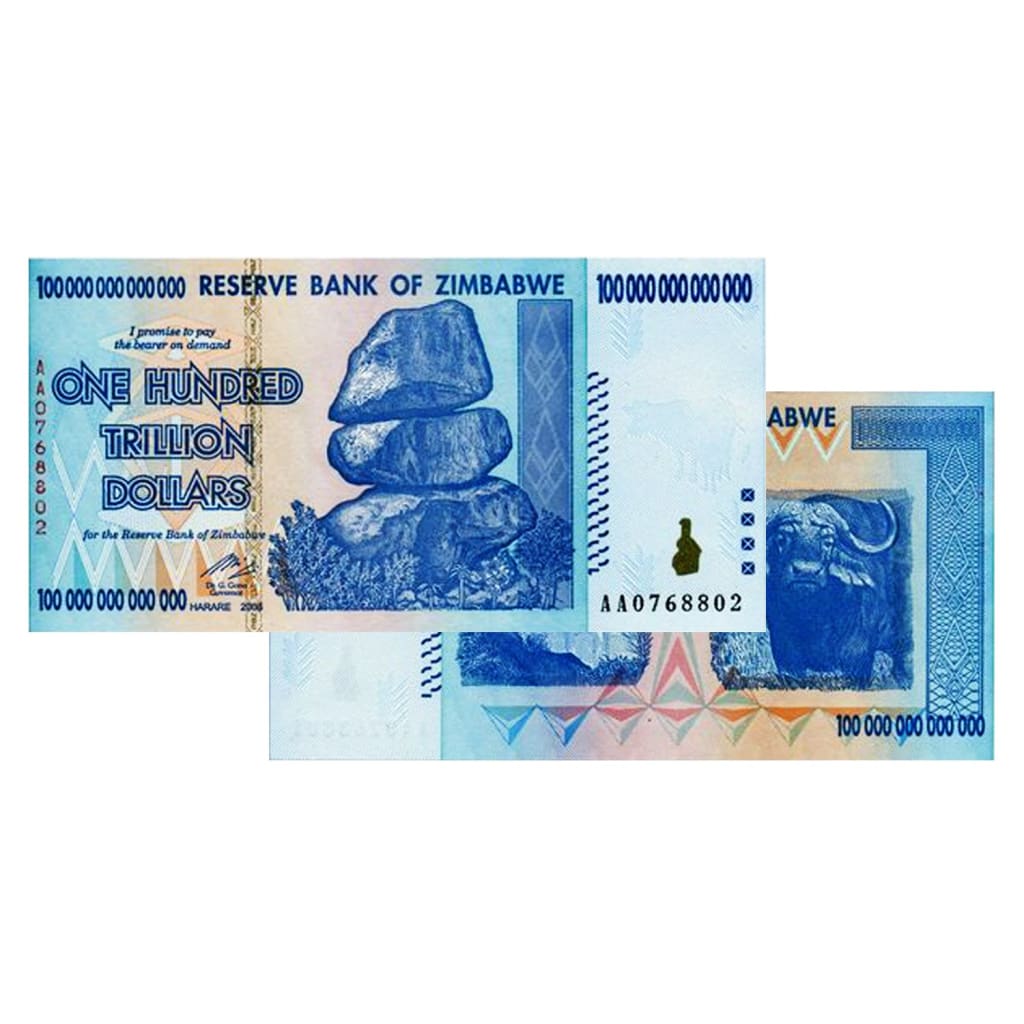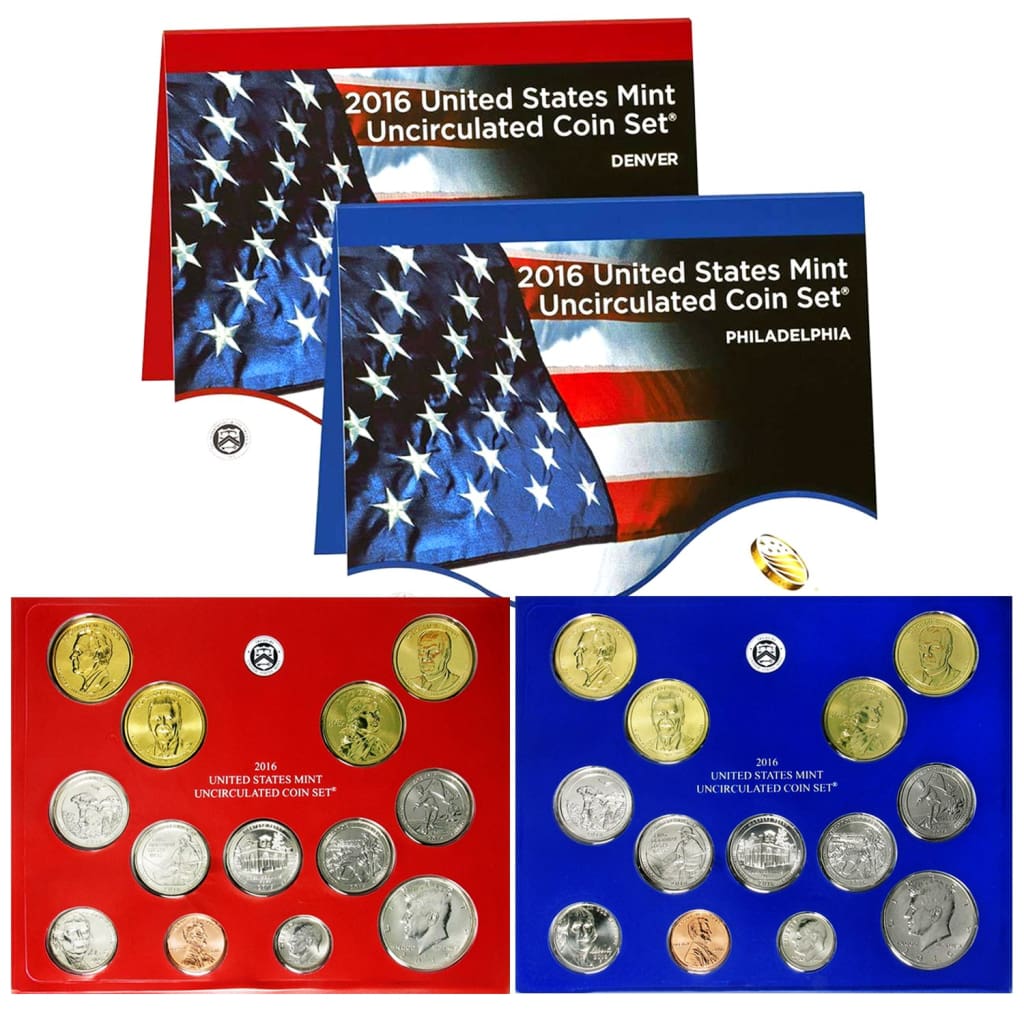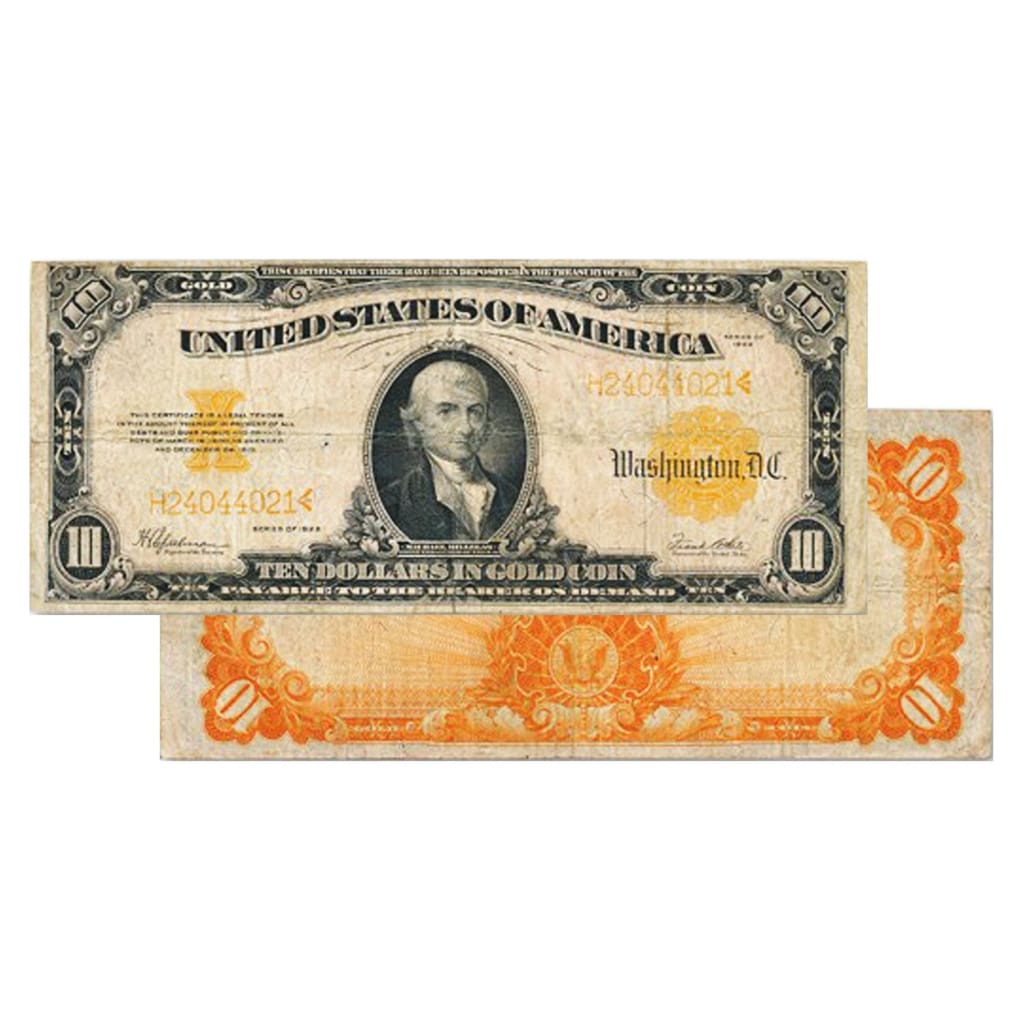The so-called Spanish milled dollar of the 18th century was the foundation for the US monetary system. From the Spanish conquest of Mexico in 1521 to Mexican independence in 1821, Spain was the dominant commercial power in much of the Western Hemisphere. And with that dominance came the need for a currency to support it.
Spain quickly established a colonial currency based on its national monetary unit of the time—the real. Mints in Mexico and South America began coining silver and gold for use in the territories of New Spain. Mexico City was its capital and the location of the first colonial mint in 1536.
Collecting Spanish colonial coins can be a fascinating and rewarding way to learn the history of the Western hemisphere and Spain’s widespread dominions. Here are some things you need to know.
Spanish Colonial Denominations
As in Spain, the basic colonial monetary unit was the royal, or real. In Spain, reales were made from an alloy of roughly 50% silver, but the colonial coins were nearly pure silver and known as reales de plata fuerte, or pure silver reales.
An 8-real colonial coin contained one ounce (28 grams) of silver. It was the most widely used coin in commerce and became known in English-speaking parts as the Spanish dollar. Its denomination gave it its colloquial name, a “piece of eight.” Other silver colonial coins were minted in denominations of ½, 1, 2, and 4 reales.
For larger denominations, gold coins called escudos were made. A one-escudo gold coin was worth 16 reales de plata. The two-escudo coin, worth 32 reales became known as a doubloon. One-half, 4, and 8-escudo coins were also made with corresponding amounts of gold.
Cobs and Pesos
The earliest real and escudo coins were crudely made by flattening strips of heated metal and punching coin blanks from them by hand. Then the blanks were hammered individually by dies with coin designs. The process was imprecise, so when the coins were struck, they were weighed and hand-trimmed to an accurate metal content. The result was irregularly shaped coins that could have substantial parts of the design, including the date or denomination, cut away. The shape of these coins earned them the nickname “cobs” from the Spanish cabo de barra, or end of the bar.
Since the coins were (usually) carefully assayed and weighed, the terms peso de plata and peso de oro were often used, with peso the Spanish word for weight. It also became the name for the currency of Mexico and several other Spanish-American countries after their independence from Spain.
Milled Coins
As manufacturing techniques improved, the quality and accuracy of colonial coins became more reliable. The process was known as “milling,” and the one-ounce, 8-real silver coin became know as the Spanish milled dollar. It was the first truly international coin, used in trade throughout the Americas, Europe, and the Far East.
Knowing Your Spanish Colonial Coins
Because of the many different coins made in the Spanish colonies over the course of 300 years, identifying them accurately can be a challenge. There are five basic things to look for:
- The Date: Many early coins didn’t carry dates, but you can approximate the coin’s vintage by the portrait of the Spanish monarch on its face.
- The Denomination: Again, not all coins had their denomination on them. In those cases, you need to know the coin’s composition, size, and weight.
- The Mint: There were several mints in the Spanish colonies at various times, and all had distinctive mint marks
- The Assayer’s Mark: Each mint had a chief assayer who verified the coin’s accuracy by placing his initial on the coin. Some were more trustworthy than others, and that can affect the coin’s value.
- The Manufacturing Method: Is it a cob or a milled coin? This can help tell when and where it was made.
Spanish Colonial Coin Values
Millions of coins were minted in the Spanish colonies, so heavily worn samples are not hard to find, nor are they necessarily expensive. Some can be had for just a few dollars. On the other hand, pristine coins can command very high prices.
Since such large numbers of Spanish colonial coins exist, and more are yet to be discovered from shipwrecks and treasure chests, comprehensive lists of the most valuable ones are hard to come by. Here’s a list of 10 recent top-quality coins for sale on eBay to give you a sense of the high end of the current market. Bear in mind that these are asking prices, so the final sale amount could be lower (or higher).
|
Description |
Grade |
Asking Price |
|
1715 Shipwreck 8 Escudos 1714 “Date on Reverse” |
NGC 63 |
$65,000.00 |
|
1715 Shipwreck 8 Escudos Gold Cob Doubloon |
NGC 62 |
$50,000.00 |
|
1715 Shipwreck 8 Escudos Gold Cob "Full Date” |
NGC 58 |
$48,500.00 |
|
1818 Small Planchet New Spain Fernando de Bexar Silver ½ Real |
Not given |
$39,500.00 |
|
1715 Shipwreck 8 Escudo Dated Gold Doubloon |
NGC 55 |
$34,950.00 |
|
1715 Shipwreck 8 Escudos Dated Gold Doubloon |
NGC 58 |
$32,500.00 |
|
1760 Mexico 8 Escudos Colonial Doubloon |
Not given |
$29,995.00 |
|
1715 Shipwreck 1714 8 Escudos Gold Cob |
NGC 64 |
$29,500.00 |
|
1733 Shipwreck 8 Escudos Gold Doubloon |
NGC 55 |
$29,500.00 |
|
1714 8 Escudos 1715 Fleet Gold Cob |
NGC 64 |
$27,500.00 |
Of course there are many excellent quality coins available for considerably less.
In buying any collectible coin, knowledge is your best guarantee. Before making a major purchase, let reputable grading services be your guide, and only buy from sources you trust.





